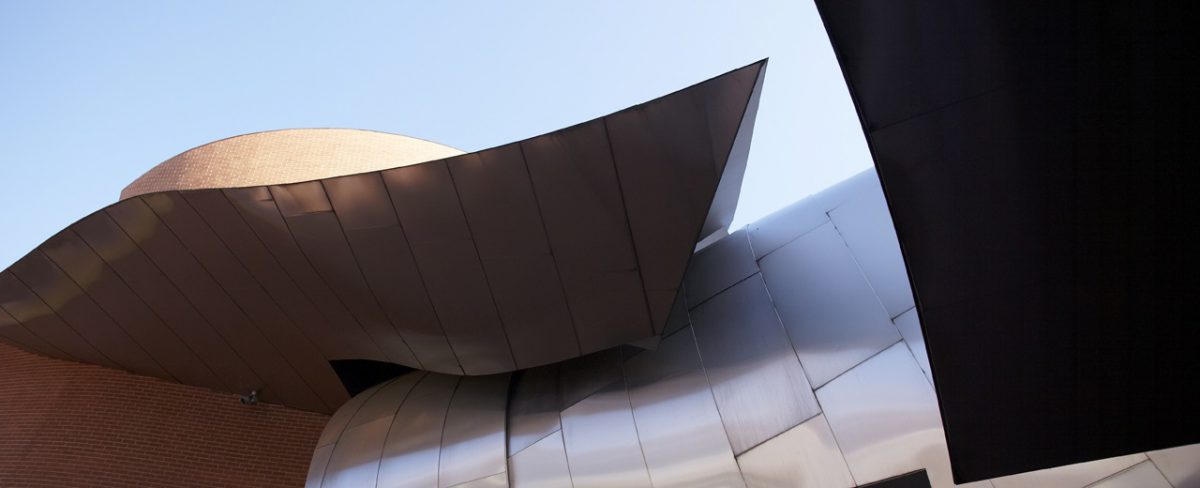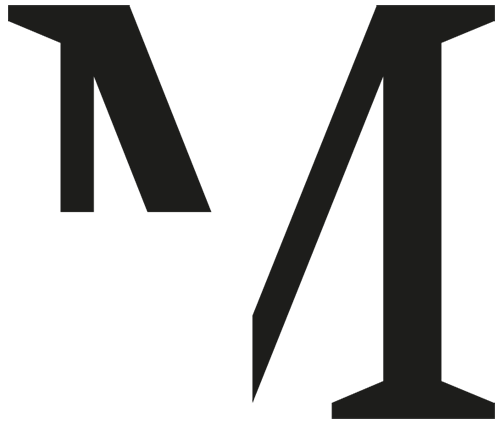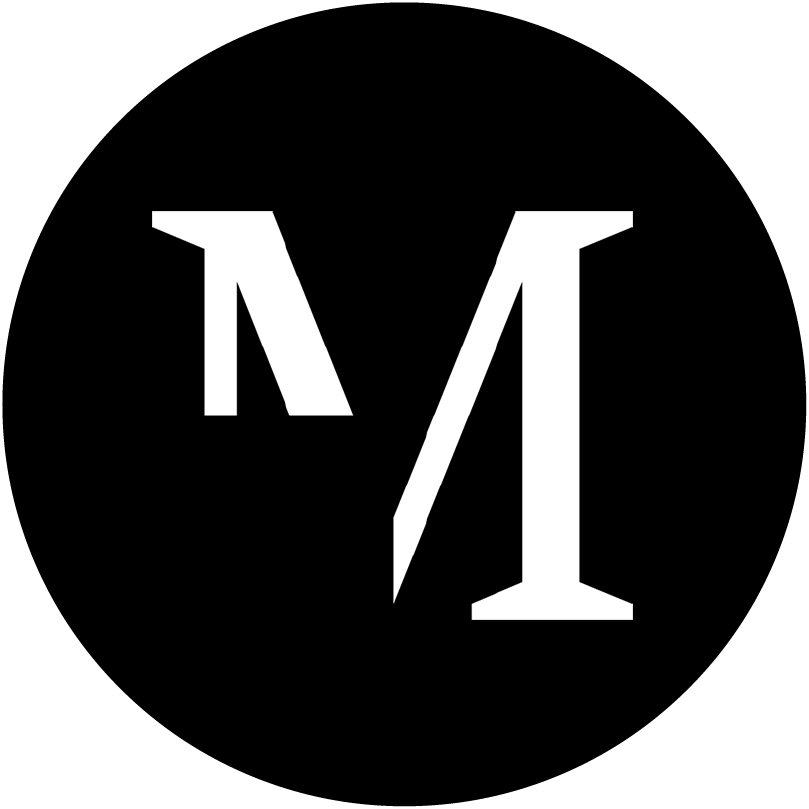

Architecture + Concept
With its flowing, tilting walls, the Marta in East Westphalia’s Herford is one of the most unusual museum buildings in the world. For the façade the American star architect Frank Gehry chose dark red bricks which stand in stark contrast to the shiny stainless steel roof and the plastered white core of the building.
The building
The flowing dynamic of the forms resonates in the loose bond of the bricks on the ground, and the wavy roof landscape reflects the adjacent course of the River Aa. This continues inside the museum: as a dynamic volume of space which is practically choreographed, the architecture transforms every exhibition into a unique spatial experience.
Alongside the galleries, the Gehry building also includes the light-flooded kupferbar at Marta with outdoor patio at the water, the
Museums-Shop and an Events forum.
A totally different architectural language based on straight lines and right angles opens up to the visitor in the lobby. This is because the core of the building is a former textile factory of the Ahlers company which was built in 1959 by Walter Lippold. Gehry left the basic structure of this building largely unchanged. While the first floor of this is taken up with the Lippold Gallery and other exhibition spaces, the floors above it accommodate the Marta offices and Seminar Rooms as well as the offices of the Verbände der Holz- und Möbelindustrie Nordrhein-Westfalen.
With the opening in May 2005, Herford also sent out a clear signal for the future-oriented development of the railway station quarter. The sculptures on the Marta campus are today among the most important works of art in the municipal area.
With its incremental expansion over recent years, the museum has also created a situation where visitors can experience the Marta as a lively meeting place. The Marta Atelier, for example, in the nineteenth century villa, offers an ideal atmosphere for the diverse workshops within the framework of the museum’s educational program. And with the idyllic garden at the Marta Depot, designed by the acclaimed „atelier le balto“, the museum invites people to stop spontaneously and enjoy the view of the river.
History
At the start of the twentieth century, Herford developed as an important location for the furniture and clothing industry. In 1996 this highly productive and internationally active economic structure gave some creative minds the idea of laying down a clear marker in the region. The basic idea was to bring art, economy and society together in a spectacular building.
The decision to appoint Frank Gehry as the architect and Jan Hoet as the founding director gave the project its decisive direction. Marta Herford was ceremoniously opened on the 7th of May 2005 with a great response from the public.
From the start of 2009 the exhibition and museum director Roland Nachtigäller and his team have been presenting a highly diverse program of contemporary art, architectural research and basic questions of design.
Central ideas
Marta Herford sets standards. With its innovative and future-oriented approach it is a place where knowledge, thinking and creativity are combined with sheer joie de vivre. This is where questions about the present meet the ideas of tomorrow.
Marta Herford is an internationally oriented museum for contemporary art with a special focus on architecture and interior design. Exhibition and education are at the centre of our engagement with art. At the same time we feel bound by the classical functions of a museum: collecting, preserving and researching. In all of this our focus remains on contemporary trends and developments, and is always inquisitive, open and experimental. The communication of our ideas to the outside is rooted in our regional identity and based on an international network.




